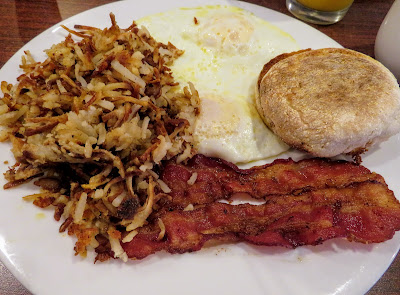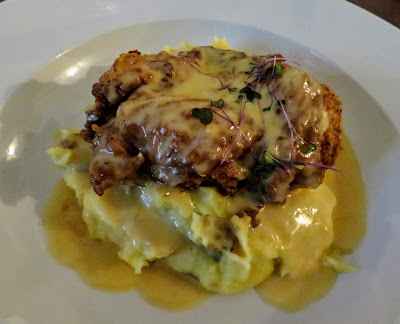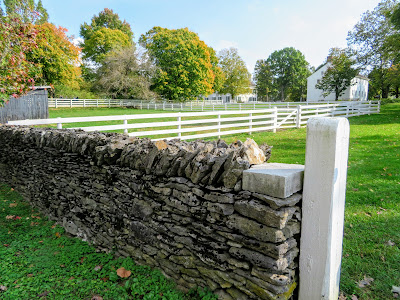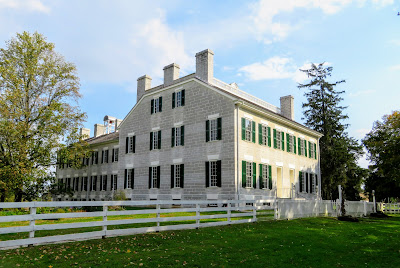Laurie and I absolutely do not like cold weather and especially snow and ice. We move from Chicago to East Tennessee to escape the worst of it while avoiding the heat and humidity of the most southerly states that comprise the USA.
Add in
shorter spans of daylight and then compound the weather and longer nights by
adding in Covid-19 with its various iterations, and our ‘fun times’ are much
too limited. Winter is not our friend
and I’m sure that everyone agrees the Covid-19 and the limitations and/or risks
it presents have robbed us all of many of our positive life experiences. Much less socializing, road trips are far and
few between and even dining out has been negatively impacted.
However, as
the saying goes, “It is what it is”, and live goes on, albeit with fewer high
points.
Despite moving south, we do get a bit of snow from time to time. Our most recent snowfall came to about 3 inches in total…and we have already achieved our normal average snowfall of about 4.6 inches for our County. The snow does create some interesting vistas and photo ops, which we do enjoy as long as the snow melts within a day or two after its arrival.
Moving on
to a constant…food! Even food seems a
bit less exciting this winter but nevertheless, I do look forward to each and
every meal.
Dietary restrictions limit or controls my intake of lettuce, asparagus, broccoli, green beans, Brussel sprouts and other green vegetables. Partially to offset this restriction, I almost always keep a bowl of cherry or grape tomatoes on hand for a healthy and tasty snack. They do have more flavor than the hot house tomatoes that are generally available this time of the year.
After one of our several medically related appointments in January, we did decide to go out for breakfast. We stopped by Mama’s Grits aka Little Italy in Loudon Tennessee at about 10:15 AM well after the breakfast rush. The few customers in the restaurant were well spaced out.
We both
ordered “our usual” breakfast out.
Laurie had 2 eggs over easy with hash brown potatoes, bacon and an
English muffin. My eggs and potatoes
were sided with 2 sausage patties and some nice dark ‘swirled’ rye toast. It was just nice to have someone else cook
and serve us!
Back to our kitchen… One of our favorites is oatmeal, not the instant type. Laurie is the oatmeal guru for our home but we both prepare our bowls of hot comfort food the same way. First, lots of nice Amish butter on top of the cereal, then dried cranberries and brown sugar (actually Splenda) and then add the half and half milk! A great way to start our day…
On another recent occasion we thawed out a small (less than 2 pound) rolled pork roast that we’d bought at Fresh Market. Laurie seasoned it nicely and she also inserted garlic cloves for an additional pop of flavor. We do love garlic! She baked the roast, which was resting on a bed of celery, until the temperature hit 140F…and then we let it stand for a few minutes before I carved it.
As you
can see from my dinner plate, we accompanied the roast pork with rice, pork
gravy, a little roasted celery and cinnamon apples. The meat was
nice and moist…with the best part being that there were leftovers…which made
great sandwiches for yours truly!
Most recently, Laurie decided to use up some egg noodles that we had in the cupboard. She put together a homemade Alfredo sauce, adding garlic, spicy paprika and Italian seasonings. To this we added a quantity of fresh chicken and a can of baby peas.
We agreed
that the result was decent but if we reprised this dish again, there would be
several changes. More garlic, more spicy
paprika and more Italian seasonings. I
think that bacon would be a plus as well and perhaps a few pieces of asparagus
wouldn’t hurt me.
A flock
of cedar waxwings visited our yard yesterday.
There must have been 20 to 30 of them!
Laurie managed to catch this one holding still for a minute. They made great use of our deck mounted bird
bath. We hadn’t seen any of these birds
in quite a while. I love their 'mask'.
Cedar
waxwings are fairly common breeders in East Tennessee, but they are uncommon
breeders in the western part of the state.
They are not usually winter residents in Tennessee but they do go where
the food is…sometimes in flocks of more than 100 birds. Their preferred habitat is trees along the
edge of wooded areas, places that provide access to berry sources as well as
water.
That’s
about it for now… Just click on any of the photos to enlarge them.
Thanks
for stopping by for a visit!
Take
Care, Big Daddy Dave



















































